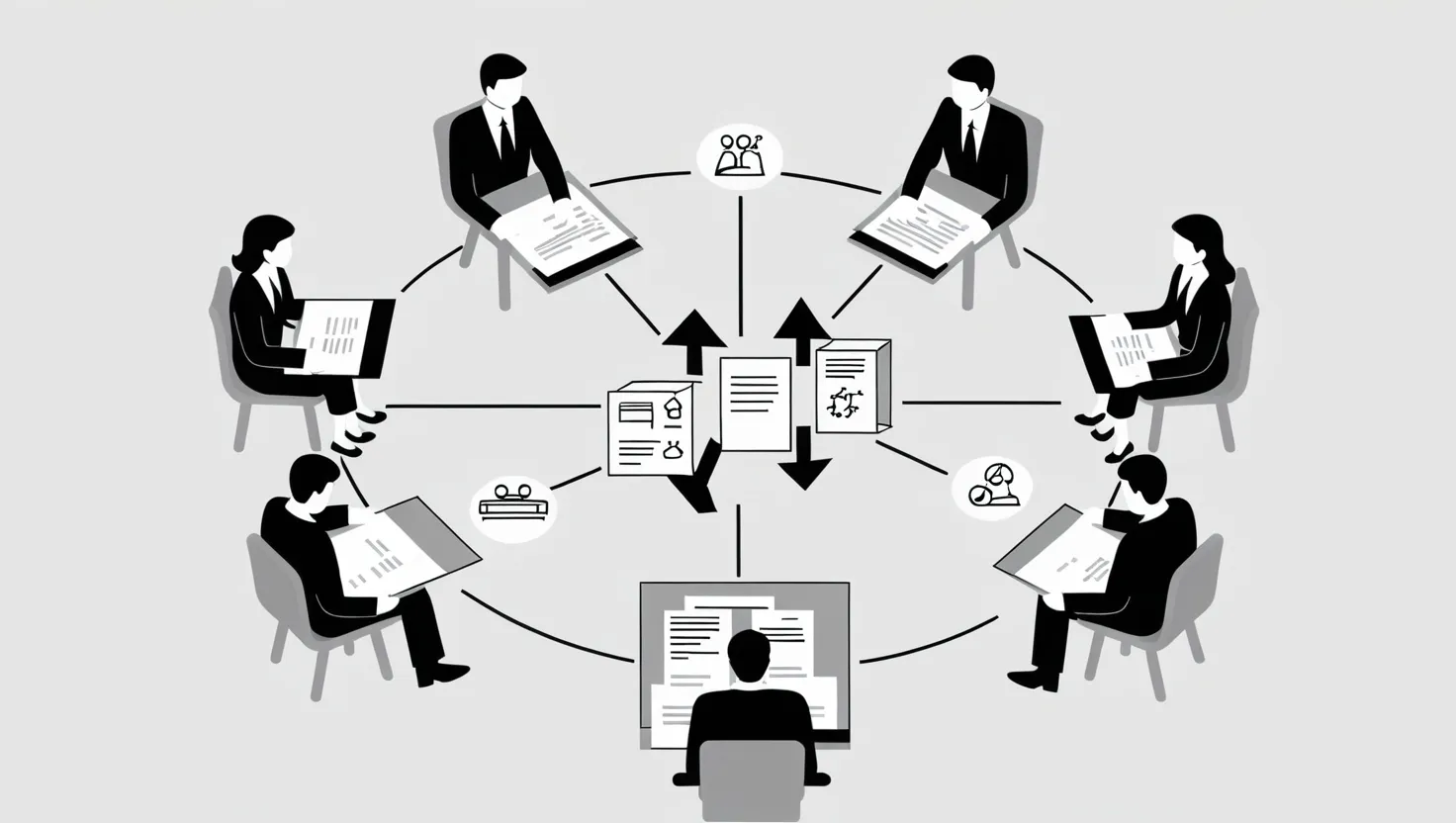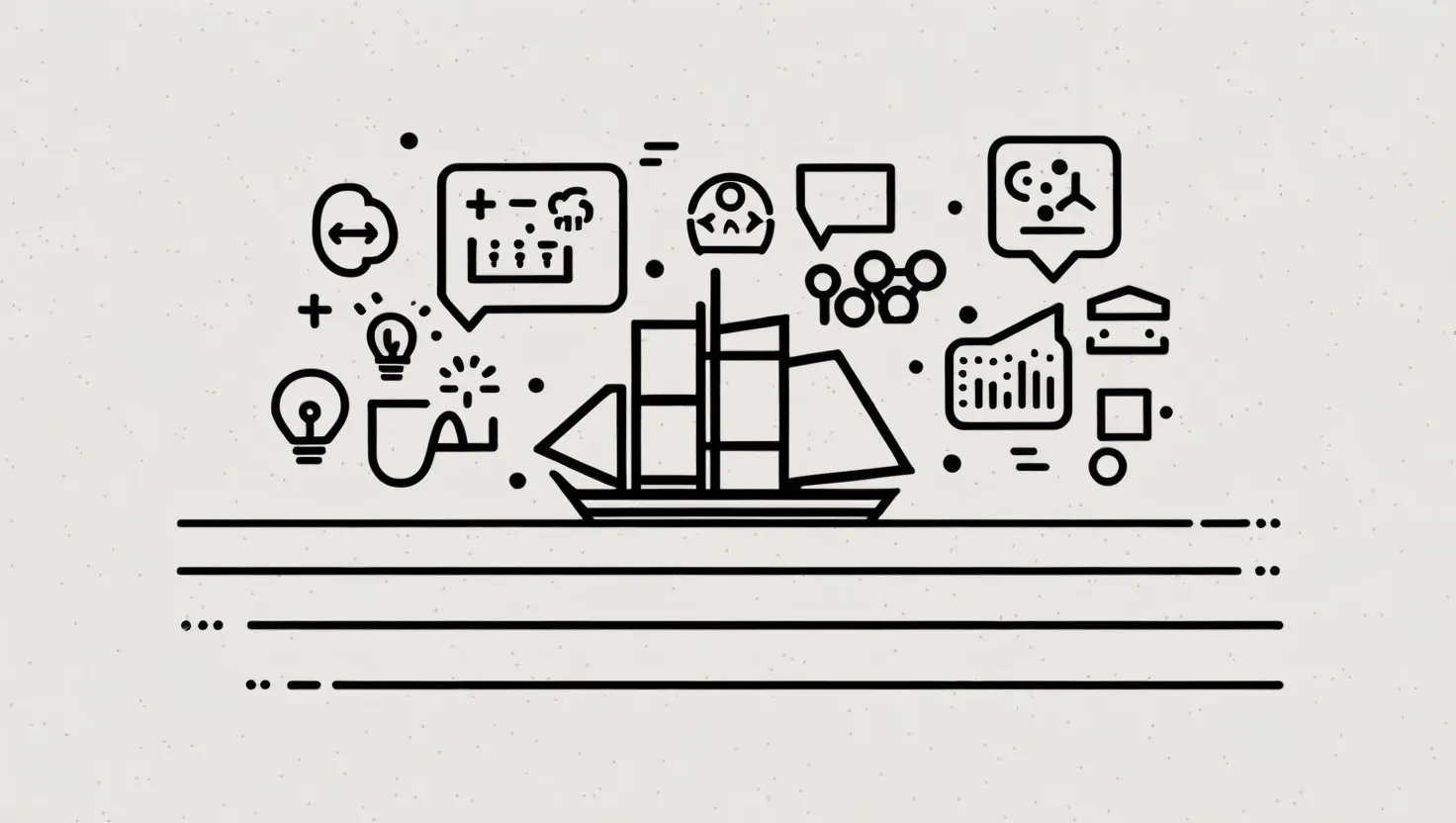When I think about what keeps a team strong through every phase of change, it’s not just the written playbooks or onboarding checklists. The real glue is how well we pass on wisdom—lessons learned the hard way, subtle workflows, critical context—especially as new faces join and veterans move on. What’s surprising is how often teams take their most valuable insights for granted. How can we make sure expertise doesn’t vanish when someone leaves for a new challenge, or when our organization scales up fast?
I like to ask, “How much of our team’s wisdom will still be here next year if nobody tried to write it down or share it?” It’s easy to assume someone will just “pick things up,” but the truth is, knowledge transfer is rarely accidental. Let me walk you through five leadership practices that redefine how teams can share knowledge effectively. Each goes beyond conventional training and taps into ways people actually learn, remember, and apply critical information.
I start with structured storytelling. If you pause to reflect, how did you really learn the clever shortcuts or pitfalls in your first big job? Chances are, it was from a story—someone describing what happened, what surprised them, what failed spectacularly, and what finally worked. That’s why I organize facilitated storytelling sessions with senior team members. We carve out time where the only goal is to surface tacit, hard-to-document know-how: not just what to do, but how to think through problems and why certain choices matter. These sessions can feel more like a conversation than a briefing, but their impact goes deep—people remember the context, the nuances, and the judgment behind decisions. I’ve seen teams who formally schedule these sessions—say, “War Story Wednesdays”—retain collective memory after major transitions. The trick is structure: prompt speakers with frameworks (“Tell us about the decision, trade-offs, and the one thing you wish you’d known”), record sessions, and tag them for future reference.
“Stories are just data with a soul.” — Brené Brown
Now, what happens when you need knowledge to flow in all directions, not just from seniors to juniors? That’s where peer-to-peer micro-learning makes all the difference. Instead of waiting for lengthy courses, I pair teammates for short, focused skill swaps—picture 15-minute slots where one person demos a trick, process, or tool, and the other reciprocates. Afterwards, we jot down the “aha” moments and tips in a shared digital space. Over time, these exchanges build a living library of real-world solutions, tuned to our team’s unique needs. This model also breaks down silos and hierarchy—novices often teach as much as they learn, especially around newer tech or fresh approaches. Have you ever noticed that the best suggestion often comes from the newest voice in the room?
“Teaching is the highest form of understanding.” — Aristotle
Leadership gets even more hands-on with role-shadowing rotations. Imagine if every rising manager systematically observed different core functions for a week, armed with structured observation sheets—what did they see? Which decisions surprised them? What risks do they notice? By rotating through various roles, emerging leaders broaden their organizational perspective, spot hidden dependencies, and forge new relationships. Critical, though, is what comes next: structured debriefs. I use templates that prompt reflection, capture gaps, and ask: “What would you do differently in this role?” These insights don’t just shape future leaders—they frequently spark process improvements and flag vulnerabilities no one else noticed. Have you ever thought how much smarter we all get when we see our own work through someone else’s eyes?
“Leadership and learning are indispensable to each other.” — John F. Kennedy
One of the more unconventional but profoundly useful practices is building a “critical knowledge” inventory. Most teams know who the “go-to” experts are, but rarely is this mapped out in any detail. I make it a point to list out all essential skills, procedures, and contacts that our team depends on—then track who holds what. The goal isn’t just backup; it’s to spotlight areas at risk if a key person leaves, falls ill, or takes on new responsibilities. Once we know where the expertise lives—and where it’s missing—we can prioritize transfer efforts, design cross-training plans, and ensure no single point of failure can disrupt operations. The process forces tough but necessary questions: What if our main database admin left tomorrow? Who else can run year-end reporting? This inventory becomes especially crucial during mergers, rapid growth, or restructuring, when the risk of losing institutional memory runs highest.
“The greatest enemy of knowledge is not ignorance, it is the illusion of knowledge.” — Stephen Hawking
Finally, I’ve found immense value in cross-functional documentation sprints. The idea here is simple but often overlooked: set aside dedicated time, at least once a quarter, for teams to collectively codify processes. But don’t just rely on free-form wikis—use standard templates for procedures, troubleshooting guides, and decision trees. The sprint format, borrowed from software development, brings focus and momentum: everyone collaborates, reviews each other’s drafts, and emerges with clear, actionable documentation. By the end, not only are key workflows captured, but gaps and redundancies often surface. It’s astonishing how often assumed knowledge differs between teams; having multiple perspectives in the documentation process bridges that gap.
“An investment in knowledge always pays the best interest.” — Benjamin Franklin
So why do teams struggle with knowledge transfer? A big barrier is time—or more accurately, the perceived lack of it. Everyone is busy, and capturing lessons or updating guides tends to fall to the bottom of the list. The answer isn’t to add more meetings, but to integrate sharing into existing workflows. For instance, tack five-minute recaps onto project debriefs, or use messaging tools to nudge people to share a weekly “learning highlight.” Leaders who model these behaviors—by actively contributing their stories, updating documentation, and encouraging micro-learning—set a tone that knowledge sharing isn’t extra work; it’s part of everyone’s role.
Another challenge is knowledge hoarding. Sometimes, people feel their unique expertise gives them job security, or they worry sharing will expose their gaps. I actively work to foster a culture where sharing is rewarded and failure to do so is noticed. Public recognition, opportunities to present at team meetings, or even tying knowledge transfer to performance reviews can shift the incentive structure.
Consider this: during a major reorganization, a tech company faced the departure of several system architects. Anticipating the risk, they launched a rapid “knowledge continuity” campaign combining storytelling sessions, peer exchanges, and joint documentation sprints. As a result, even after the original architects left, the team encountered very few disruptions. The key wasn’t just capturing information—it was building habits of collective learning and mutual support.
Ask yourself: What are we doing today that will make our work easier for the next person who steps into our shoes? How quickly can a new hire get up to speed if the current project lead leaves unexpectedly? What institutional wisdom are we at risk of losing, and how can we make sharing it both easy and appealing?
In my experience, the most resilient teams are those who treat knowledge transfer not as a one-time event, but as a habit woven into their culture. They see every transition as an opportunity to get better at sharing what matters—and they view knowledge as a living, breathing asset that grows stronger the more it’s shared.
“Knowledge has to be improved, challenged, and increased constantly, or it vanishes.” — Peter F. Drucker
So, next time you’re faced with a team change, don’t just hand over the passwords and a binder of SOPs. Invite storytelling, set up skill swaps, rotate people into new vantage points, map the expertise, and dedicate time to capturing what’s often kept in someone’s head. That’s how you safeguard your organization’s wisdom and give every team member—not just the next one—a true head start. How will you make sure your team’s best ideas don’t walk out the door?






